Accessibility in web design is no longer a nice-to-have—it’s essential.
Creating digital spaces that everyone can enjoy is crucial in today’s world. Inclusive web design ensures that people of all abilities can engage with your content, and as inclusivity becomes a core value in society, it’s something every business needs to get right.
But what does accessibility mean in web design, and why should it matter to your business? Let’s dive into why accessibility is more important than ever and how it can benefit both your brand and the wider world.
What is accessible web design?

Inclusive web design is about building websites that can be used by everyone, including those with disabilities.
Disabilities can be visual, auditory, physical, or cognitive, and accessible design is about removing the barriers that prevent people from engaging fully with your online experience.
Think of it like a shop with no wheelchair ramp—if the site isn’t designed with accessibility in mind, you’re leaving out a huge segment of your audience. It’s all about breaking down those digital barriers and creating spaces where everyone feels included.
The rise of accessibility legislation

Accessibility is not just an ethical decision—it’s becoming a legal necessity.
Many countries are passing laws requiring digital content to be accessible. Here are a few examples:
- The Americans with Disabilities Act (ADA) in the US ensures that businesses offer accessible websites.
- The European Accessibility Act (EAA) mandates accessible websites across the EU.
- The UK’s Equality Act 2010 requires businesses to make “reasonable adjustments” for disabled users, including their digital content.
Failure to comply could result in fines or lawsuits. But beyond the legal aspect, inclusive web design is simply good business practice. It expands your reach and allows you to connect with your audience in a more meaningful way.
The broader impact: Why accessibility matters

Accessibility goes beyond just checking legal boxes.
It’s about creating opportunities and fostering inclusivity. Here are some key benefits:
- Reaching a larger audience: Over a billion people worldwide live with some form of disability. Making your website accessible means you’re not leaving anyone out, which could dramatically increase your audience.
- Building an inclusive brand: Companies that embrace accessibility are seen as ethical and forward-thinking, qualities that build trust and loyalty.
- Improving user experience for all: Accessibility and usability often overlap. Features like clear navigation, keyboard shortcuts, and simplified content benefit everyone.
- Boosting your SEO: Inclusive web design also helps search engines. By adding alt text, structuring your headings properly, and simplifying navigation, you’re ticking off SEO best practices too.
Creating accessible web experiences isn’t just about doing the right thing—it’s about making sure your brand is reaching its full potential, including everyone, and future-proofing your site.
Practical tips for making your site accessible

Here are a few ways you can make your website more inclusive:
- High contrast colours: Make sure there’s enough contrast between your text and background for readability.
- Alt text for images: Ensure all your images have descriptive alt text for users relying on screen readers.
- Keyboard-friendly navigation: Make your site navigable using just a keyboard for those who cannot use a mouse.
- Descriptive headings: Use structured headings to make navigation easier for screen readers and users alike.
- Captions for media: Provide captions for video and transcripts for audio content to make media accessible.
- Accessible forms: Ensure that forms are easy to fill out with clear labels and smooth navigation between fields.
WordPress tools to help with accessibility
If you’re using WordPress, here are some plugins and tools to help:
- WP Accessibility Plugin: Helps solve common accessibility issues like adding skip links or managing alt attributes.
- Accessible Themes: Choose themes like Astra or Twenty Twenty-four which come with accessibility features.
- WAVE Accessibility Tool: This free tool evaluates your site for accessibility issues and helps you pinpoint improvements.
Accessibility is good for SEO
Accessibility isn’t just good for your audience—it’s also great for your SEO.
Implementing accessibility features makes your site more user-friendly, which search engines love. Here are a few benefits:
- Alt text: Helps search engines understand your images.
- Structured headings: Improves navigation for both users and search engines.
- Better user experience: A well-designed, accessible site typically leads to higher engagement and lower bounce rates, both of which positively impact SEO.
Check out DIY SEO: Boost your website with easy, effective steps to learn how to improve your SEO today.
Conclusion: Accessibility is the future of web design

Accessibility is about people.
It’s about creating spaces where everyone feels welcome and can engage equally. It’s about building a better internet, one that doesn’t leave anyone behind.
From a business perspective, it makes sense. It helps you reach a wider audience, improves usability, boosts SEO, and ensures compliance with evolving legal standards. The future of web design is inclusive, and now is the time to get on board.
Want to create an accessible website that helps your brand stand out while doing good? Let’s connect and make it happen.










